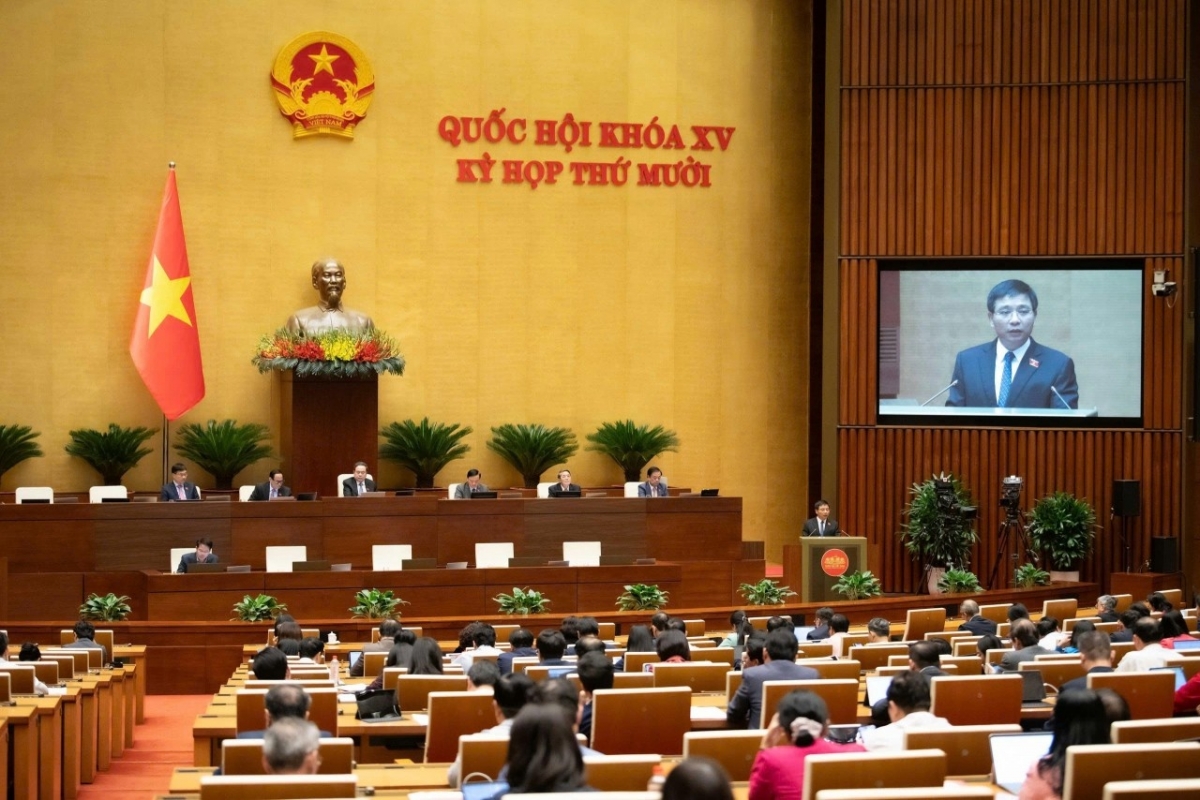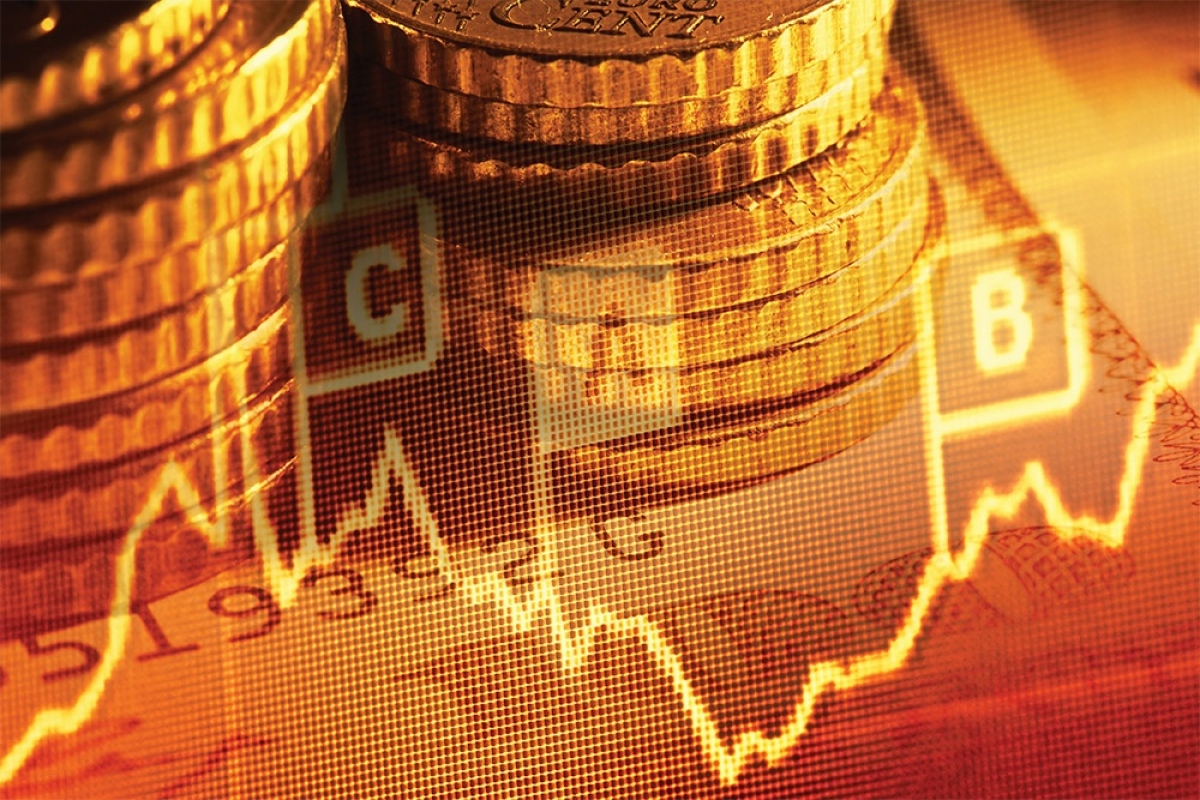INTERNATIONAL INVESTMENT
AND PORTAL
According to Rong Viet Securities Company (VDSC), the difference in credit growth compared to expanded deposits in 2022 has indirectly put pressure on market-1 interest rates.
The market surplus began to reverse and become negative from July and by the end of November, the difference between deposit growth and credit growth was about -7 per cent.
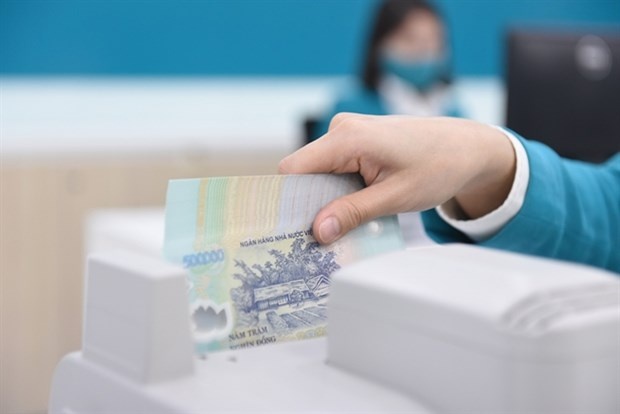 Vietnamese dong notes. Investors make decisions on different investment channels. (Photo: VNA)
Vietnamese dong notes. Investors make decisions on different investment channels. (Photo: VNA)
From the end of the second quarter of 2022, the ratio of loans to net deposits reached a high level, so banks took advantage of the interbank market to ensure liquidity in the short term.
At the same time, strict regulations on the corporate bond market and various legal incidents put more pressure on the interbank market, pushing interest rates and interbank activities to a high level.
“Liquidity in market 1 started experiencing difficulties from the beginning of Q3, putting pressure on the interbank market along with legal issues, causing pressure to pile up on deposit rates,” said economist Nguyen Tri Hieu.
Talking with VIR, the director of capital at one joint-stock commercial bank said, “After the incident related to Van Thinh Phat and SCB, by early December, the deposit interest rate had increased to pre-pandemic level, and the increase was quite divergent. This also shows the liquidity status of each bank.”
VDSC analysts added, “In our banking profile, the state-owned banking group is up 2 per cent on average for 12-month terms, while the private sector is up 2.8 per cent in the year-to-date. The increase for each term is also different. Specifically, the private group increased strongly in terms of more than six months.”
Talking to VIR, a senior BIDV leader analysed that in 2022, the capital mobilisation interest rate in market 1 has recorded a sharp increase of about 250-400 points at most commercial banks and increased more strongly in the joint-stock commercial bank group.
Thus, at the end of 2022, most commercial banks are listing interest rates at the ceiling of 6 per cent per year for terms of less than six months. For a term of 6-12 months, Techcombank, VPBank, BAC A BANK, and SCB are listing the highest interest rates, about 9.1-9.5 per cent per year.
According to the BIDV leader, the trend of tightening monetary policy of the State Bank of Vietnam (SBV) and the strong decrease in the supply of VND are the two main factors that put pressure on the VND interest rate in 2022. Specifically, after the SBV loosened monetary policy and abundant foreign currency supply in 2020-2021, the VND liquidity foundation was eroded and shifted to a state of stress for a large period of 2022.
“The pressure on VND interest rates and liquidity also somewhat eased in the last two months of the year, when the international and domestic exchange rate eased down and the SBV increased liquidity support or decreased the degree of tightening during this period,” he said.
“However, in general, liquid capital in VND is still less abundant and unsustainable, when it depends heavily on the cash flow support of the central bank and the Treasury.”
“The downside of slowing trade is that the trade surplus could be higher, around $12-15 billion according to our forecast. This is an opportunity for the SBV to buy foreign currencies to supplement foreign exchange reserves, which have rapidly declined in 2022, indirectly providing VND to the market,” said a VDSC analyst.
Dinh Duc Quang, managing director of Currency at UOB Vietnam, said, “We are forecasting the possibility that the SBV will make another 100 basis point rate hike in early 2023 and there may be a pause from there. This is consistent with our view of the Fed’s policy trajectory.”
Tran Minh Binh, chairman of the board at VietinBank, said, “It is suggested to continue to control the increase in deposit interest rates, avoiding the race to increase interest rates leading to an increase in the cost of capital of banks.”
 Banking sector suffers difficulties in 2022
Banking sector suffers difficulties in 2022
The State Bank (SBV) has looked back on the many difficulties for the sector in 2022, which relate to a number of areas, including credit, exchange rate, and liquidity.
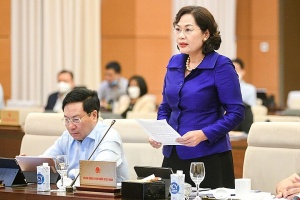 Most important priority in 2023 to ensure liquidity
Most important priority in 2023 to ensure liquidity
Nguyen Thi Hong, Governor of the State Bank of Vietnam (SBV), affirmed that the highest priority of monetary policy in 2023 was to ensure liquidity and maintain the stability in the banking system.
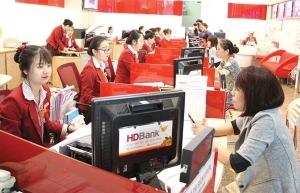 Flexibility headlines finance for 2022
Flexibility headlines finance for 2022
Interest rates, exchange rates, and credit growth were the focus of a volatile 2022, and more complexities are forecast for the following 12 months.






